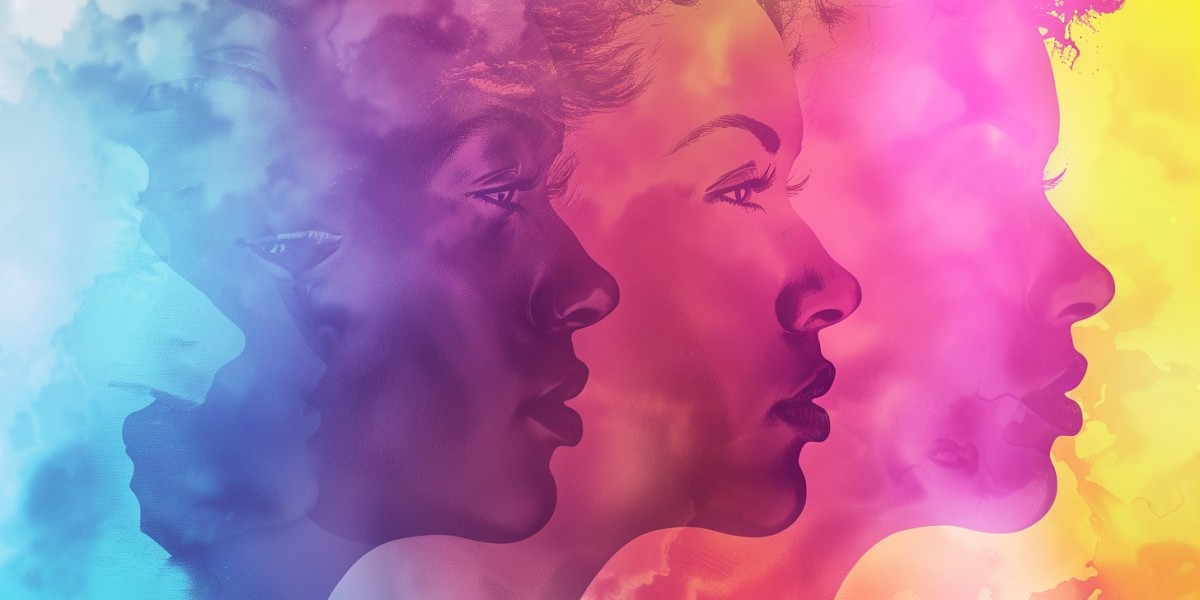Ever stumbled upon a poem that left you scratching your head, thinking, "What on earth is this about?" Well, you're not alone! William Blake's poetry often has that effect, but trust me, once you start unraveling the symbolic threads, it's like discovering a hidden treasure map. Let's embark on a journey through Blake's symbolic landscape, shall we? We'll explore how this eccentric genius used symbols to weave complex ideas into his verses, making his work a fascinating puzzle for readers across generations.
A Trip Down Memory Lane: Blake's Historical Context
Picture this: It's the late 18th century in London. The air is thick with coal smoke, the streets are buzzing with talk of revolution, and a young William Blake is soaking it all in. This was the Age of Enlightenment, but also the cusp of the Romantic era. Imagine Blake as that quirky friend who's always seeing things differently from everyone else. While most folks were all about reason and logic, Blake was busy having visions and talking to angels (no, really!).
Born in 1757, Blake lived through some pretty turbulent times. The American Revolution, the French Revolution – the world was changing fast, and old systems were crumbling. It's like when your favorite band breaks up and suddenly starts making solo albums – everything feels uncertain and new. This chaos and change seeped into Blake's work, influencing his use of symbols to express complex ideas about society, religion, and the human soul.
Decoding Blake's Symbolic Language
The Cosmic Dance of Innocence and Experience
Okay, let's dive into the good stuff. One of Blake's favorite symbolic duos is innocence and experience. Think of it as the literary equivalent of those "How it started vs. How it's going" memes. In his collection "Songs of Innocence and of Experience," Blake uses symbols to show how our perspective changes as we grow up.
For instance, in "The Lamb," the gentle lamb symbolizes innocence, purity, and even Jesus (talk about multitasking symbols!). But flip the page to "The Tyger," and suddenly we're face to face with a fierce predator symbolizing energy, creativity, and the harsh realities of the world. It's like Blake's saying, "Life's not all fluffy lambs, kid. There are tigers out there too!"
Here's a little nugget from "The Tyger" to chew on:
"When the stars threw down their spears And water'd heaven with their tears: Did he smile his work to see? Did he who made the Lamb make thee?"
Imagine Blake nudging you and asking, "Hey, ever wonder if the same creator made both the cute stuff and the scary stuff in the world?" Mind-blowing, right?
Nature: More Than Just Pretty Scenery
Now, let's talk about how Blake uses nature. It's not just about pretty flowers and majestic mountains (though those are nice too). For Blake, nature is like a giant mirror reflecting the human soul and divine creation.
Take "The Sick Rose" for example. On the surface, it's about a rose and a worm. But dig a little deeper, and suddenly you're in a world of symbolism about love, destruction, and hidden dangers. The rose isn't just a rose – it's innocence, love, or even the human soul. And that "invisible worm"? It could be corruption, sin, or societal oppression sneaking in to destroy something beautiful.
"O Rose thou art sick. The invisible worm, That flies in the night In the howling storm:
Has found out thy bed Of crimson joy: And his dark secret love Does thy life destroy."
It's like Blake's tapping you on the shoulder and whispering, "Psst, watch out for those invisible worms in your life!" Suddenly, you're not just reading about flowers; you're contemplating the hidden threats to your own happiness and innocence.
The Human Body: A Universe in Miniature
Here's where Blake gets really trippy. For him, the human body isn't just flesh and bones – it's a whole universe of symbols. In his illuminated books (think of them as the 18th-century version of graphic novels), Blake often depicts human figures that are entire worlds in themselves.
In works like "Jerusalem" and "The Four Zoas," human body parts become symbols for different aspects of existence. The head might represent reason, the heart emotion, the loins passion. It's like Blake's creating a map of the human psyche using the body as his canvas. Next time you look in the mirror, you might find yourself thinking, "Huh, I wonder what cosmic forces my elbow represents?"
The Blake Effect: How People Reacted
Now, you might be thinking, "This Blake guy sounds pretty out there. How did people back then handle all this symbolism?" Well, let me tell you, it was a mixed bag. Imagine posting something super deep and artistic on social media and getting reactions ranging from "Mind = Blown" to "What is this nonsense?"
Many of Blake's contemporaries thought he was, well, a bit loopy. They didn't quite know what to make of his visions and complex symbols. It's like trying to explain a weird dream to your friends – sometimes they get it, sometimes they just smile and nod politely.
But here's the kicker: as time went on, people started to realize that maybe, just maybe, Blake was onto something. Poets and artists in the Romantic movement began to appreciate his work. Fast forward to the 20th century, and suddenly Blake is being hailed as a visionary genius. It's like when that obscure band you've been following for years suddenly hits the big time, and you get to say, "I knew them before they were cool."
Why Blake's Symbols Still Matter Today
You might be wondering, "Okay, but why should I care about some old poet's symbols in 2024?" Great question! Blake's symbols are like a Swiss Army knife for understanding the human condition – they're versatile and surprisingly relevant.
Think about it. We're living in a world of complex political symbols, social media icons, and brand logos. Understanding how symbols work to convey meaning is more important than ever. Blake's poetry teaches us to look beyond the surface, to question what we see, and to find deeper meanings in the world around us.
Plus, his themes of innocence vs. experience, the power of imagination, and the struggle against oppression? Still totally relevant. Whether it's navigating the challenges of growing up, fighting for social justice, or trying to stay creative in a world that often values conformity, Blake's symbols offer a unique lens to view our modern dilemmas.
So, the next time you're scrolling through your social media feed or watching the news, channel your inner Blake. Look for the symbols, question their meanings, and maybe, just maybe, you'll start seeing the world in a whole new light.
As we wrap up our little chat about Blake and his symbols, I can't help but wonder: What symbols do you see in your everyday life? How do they shape your understanding of the world? Blake showed us that there's always more than meets the eye – so keep looking, keep questioning, and who knows what hidden meanings you might uncover in the poetry of life around you!



